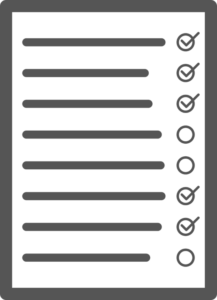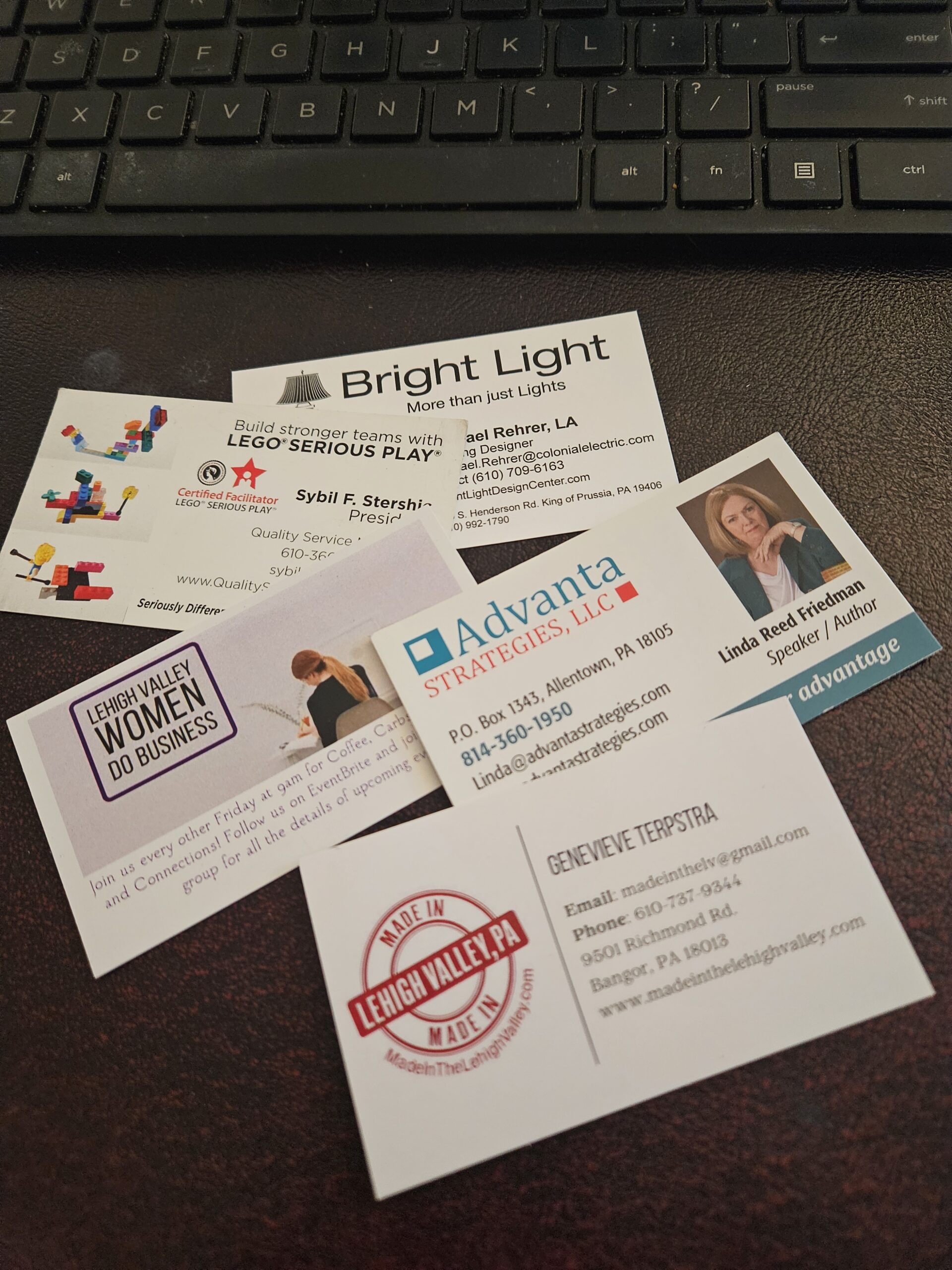Image by janjf93 from Pixabay
Daily Routine
How they change over time and how they stay the same. A little peek into my early morning and nighttime routine looks boring, but here it is. It has changed and does change from time to time.
I’m an early riser – I love 5:30 am with an occasional late sleep if I have an evening meeting. I luxuriated until 7:30 am this morning ,
The routine includes a quick bathroom trip, meds, and feeding the cat, Rin, who occasionally allows me to sleep. Then, it is a nice cold glass of water and a cup of hot water with lemon and honey. I have a chair in which I meditate. I listen to a guided meditation, mostly from Joe Dispensa, for about 30-45 minutes. I immediately write answers to the question “what are the ten best things for me to do today”.
The answers are sometimes repetitive and usually at the end of the list a thoughtful “thing to do” is on the list.
Bedtime starts at 9:00 pm with a list of the 3 things I’m grateful for. Write that list helps me set myself up for a good nights sleep.
How Humor Can Lighten the Room
A smile can make your design pitch twice as memorable. Humor, when done right, isn’t about being a comedian it’s about being human. A little laughter reminds everyone that design is supposed to bring joy, not stress. So the next time you walk into a presentation, bring your sense of humor along with your fabric swatches. You’ll leave behind not only a beautiful concept but also a positive impression.
Creating Connection: The overlooked power of eye contact
Eye contact is the designer’s secret to presence. It’s what transforms a presentation from mechanical to magnetic. Slides may show your ideas, but your eyes show your confidence and that’s what clients and audiences remember most.
Why Every Designer Should Practice Their Speech
In design, presentation is persuasion. When you practice speaking as much as sketching, you build trust, authority, and excitement around your ideas. A polished pitch can make the difference between a “maybe” and a “let’s do it.” Remember your voice is part of your professional toolkit. Use it well, and let it sell your vision as powerfully as your designs do.
NETWORKING …. WHAT HAPPENS AFTER
Networking is more about follow-up than first impressions.
Sound as Good as You Look
Trade shows can showcase your talent and brand but shouldn’t cost you your voice.
The Designer’s Elevator Pitch:
If you can’t explain your vision in a minute, you’ll lose the moment. In the world of design, opportunities often appear unexpectedly,a quick chat at a showroom, a brief meeting at a networking event, or a chance encounter with a potential...








